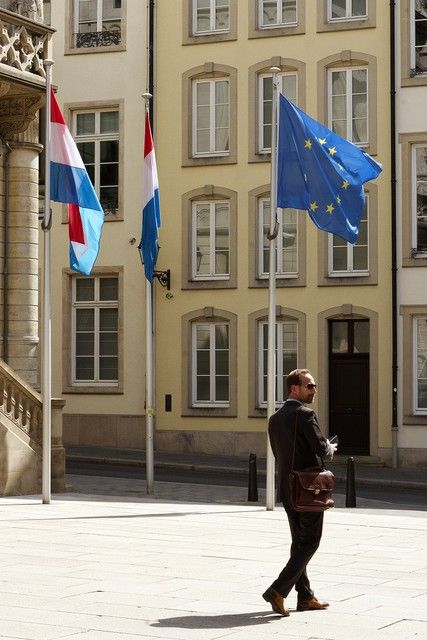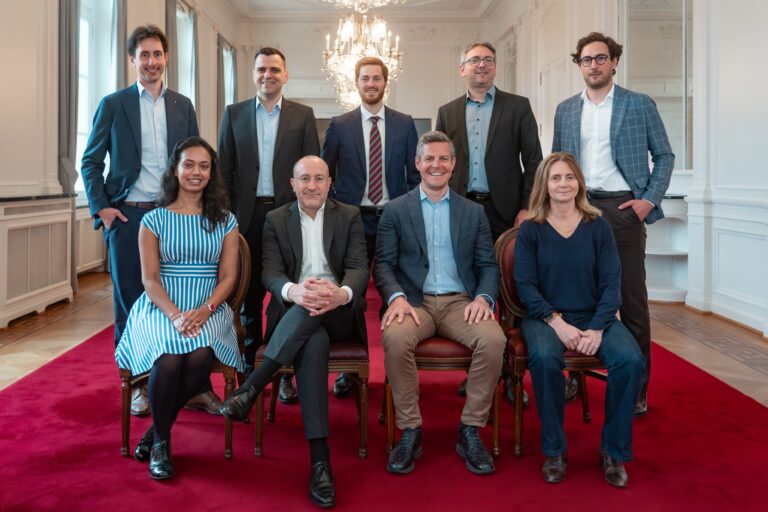Luxembourg government introduces a new IP regime
by Giuliano Bidoli (Partner) and Flora Castellani (Director), KPMG
Authors
Following the announcement in April, the Luxembourg government submitted, on 4 August 2017, a bill in front of the Luxembourg Parliament introducing a new intellectual property tax regime (the “new IP regime”) under article 50ter of the Luxembourg Income Tax Law (LITL).
Broadly speaking, the bill provides for an 80% tax exemption on income derived from patents (including IP assets functionally equivalent to patents) and copyrighted software as well as a full net wealth tax exemption of these assets. The new IP regime should be applicable as from 1 January 2018.
Background
The new IP regime has been designed in line with the “modified nexus approach” developed by the OECD in the final BEPS report of Action 5 “Countering Harmful Tax Practices More Effectively, Taking into Account Transparency and Substance”. From this approach, economic activity and value creation is measured by the expenditures which taxpayers incur for the creation, development or improvement of IP. Taxpayers are thus eligible for the tax exemption only if they can establish a direct nexus between the qualifying income, assets and expenditures.
Main features of the new IP regime
Eligible IP assets
IP assets are eligible for the tax exemption, insofar as they have been created, developed or improved after 31 December 2007 through research and development (R&D) activities. The bill limits the benefits of the IP regime to the following assets:
1) Inventions protected by:
-
-
-
-
- patents;
-
-
-
-
-
-
-
- utility models;
-
-
-
-
-
-
-
- supplementary protection certificates for patents on pharmaceutical and on phytopharmaceutical products;
-
-
-
-
-
-
-
- supplementary protection certificate extensions for paediatric medicine;
-
-
-
-
-
-
-
- plant breeders’ rights (also known as plant variety rights); and
-
-
-
-
-
-
-
- orphan drug designations.
-
-
-
2) Copyrighted software
Marketing-related IP assets, such as trademarks and domain names, are excluded (under the former IP regime they qualified).
Computation of the IP income benefiting from the exemption
Based on the nexus approach, the IP income benefiting from a tax exemption is calculated based on a ratio taking into account the R&D costs incurred by the taxpayer, which can be summarised as follows:
Qualifying R&D expenditures
————————————- x Qualifying net IP income
Overall R&D expenditure (adjusted and compensated)
This nexus ratio is to be determined on a cumulative basis and expenditures shall be taken into account at the time they are incurred (irrespective of the accounting or tax treatment).
The net IP income resulting from the above formula shall benefit from an 80% tax exemption. For corporate taxpayers, this means that income deriving from eligible IP assets would be subject to an effective income tax rate of 5.20% (based on the 26.01% aggregate income tax rate for companies with a registered office in Luxembourg City, applicable as from 2018). Furthermore, these assets would be fully exempt from net wealth tax.
Qualifying R&D expenditures
Qualifying R&D expenditures are those which are directly connected to the eligible IP assets and which are required for actual R&D activities. This does not include acquisition costs, interest and other financing costs or building costs. Broadly speaking, there are three different categories of qualifying R&D expenditures:
-
-
- Expenditures that are incurred in the context of R&D conducted by the taxpayer itself. This includes expenditures incurred by a foreign branch of the taxpayer, provided that the branch is operational at the time the qualifying IP income is generated, is situated in the European Economic Area (i.e. EU Member States plus Iceland, Liechtenstein and Norway) and is not benefiting from a similar IP regime.
-
-
- Expenditures that result from outsourcing of R&D to unrelated parties (resident or non-resident). This outsourcing can also be routed through a related party, but only if no margin is realised by the related party on these costs.
-
- Expenditures for general or speculative R&D, or expenditures for unsuccessful R&D (under certain conditions).
A 30% uplift applies to these qualifying R&D expenditures up to the amount of the overall R&D expenditures (i.e. the ratio cannot exceed 1).
Overall R&D expenditures
The overall R&D expenditures include all qualifying R&D expenditures, increased by acquisition costs for the eligible IP asset and the expenditures related to the R&D outsourced to related parties.
Qualifying net IP income
The regime will apply to IP income after deduction of expenses incurred by the taxpayer in relation with the qualifying IP assets (under certain conditions).
The draft law identifies four different categories of qualifying IP income
-
-
-
-
- income received as a consideration for the use of, or the right to use, eligible IP assets;
-
-
-
-
-
-
-
- capital gains realised on the sale of eligible IP assets;
-
-
-
-
-
-
-
- income in direct relation with the eligible IP assets which is incorporated in the sales price of a product or service (embedded royalties); and
-
-
-
-
-
-
-
- indemnities obtained in the frame of a legal or arbitration proceedings related to the eligible IP assets.
-
-
-
Obviously, the expenditures and income should be determined in compliance with the arm´s length principle.
Taxpayers will have to comply with some documentation requirements which mean that income and expenditures for each IP asset must be tracked separately. However, when taxpayers hold several qualifying assets, the tracking may be done by type of product or service, or by group of products or services.
Interaction with the old IP regime
The former IP regime (under article 50bis LITL) was repealed in 2016, but with a grandfathering period until 30 June 2021. Consequently, the bill foresees that taxpayers with eligible IP assets, and which could possibly apply both IP regimes during this transition period, may choose which regime they prefer to apply. However, once done, the option is irrevocable.
KPMG Luxembourg comment
The introduction of this new IP regime underscores the willingness of the Luxembourg government to continue to promote innovative business and start-ups in Luxembourg. It also contributes to the reinforcement of R&D activities in Luxembourg, in line with international tax standards.
Since IP regimes across Europe have become increasingly similar due to BEPS developments, small details in the design of the IP regime can make the difference. For instance, the possibility in the Luxembourg bill to consider R&D expenditures of foreign branches (located in an EEA country) as qualifying R&D expenditures (under certain conditions) can be a good differentiator.
The bill must now follow the legislative process and be voted on by the Luxembourg parliament.




